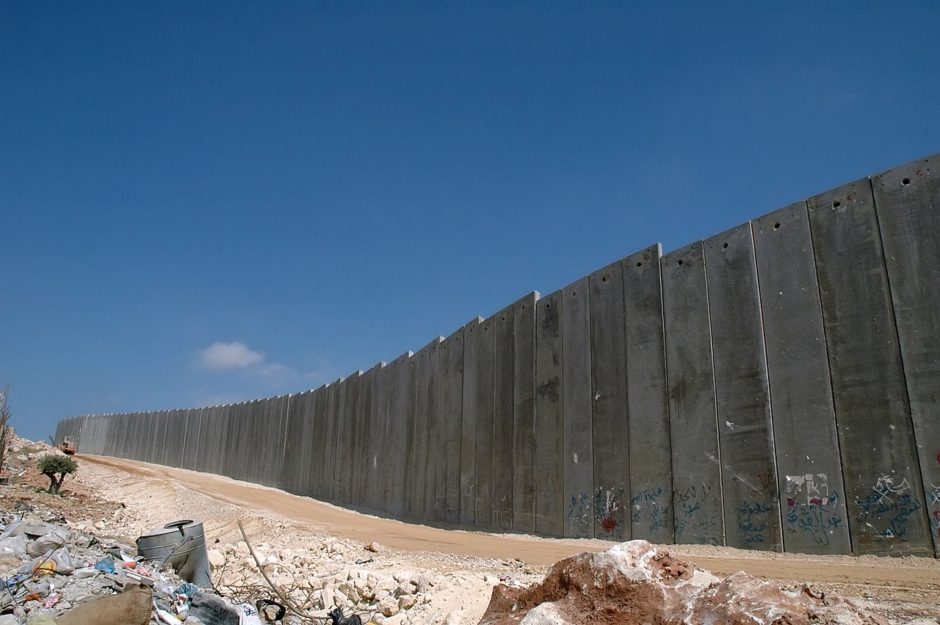The security barrier that seals off Israel almost hermetically from the West Bank is a source of immense angst and controversy.
To most Israelis, it’s a “separation fence” that keeps Palestinian terrorists at bay and thereby saves lives. To the Palestinians, it’s a “racial segregation wall” that restricts their movements, cuts them off from their lands and causes untold humiliation and hardship. In short, it’s an abomination that must be dismantled at once.
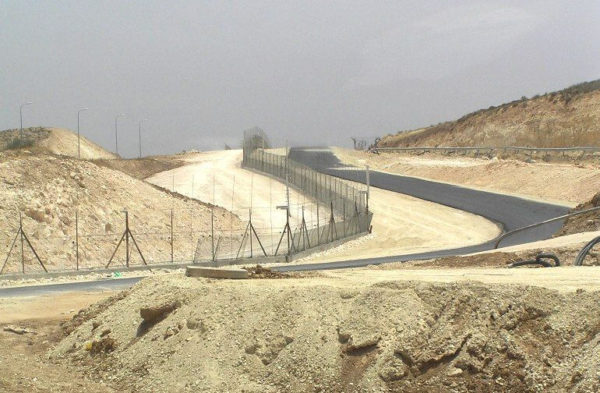
David Hare, a renowned British playwright and screenwriter who’s fixated by Israel’s protracted struggle with the Palestinians, offers his ruminations of this huge project in Wall, a passionate National Film Board of Canada animated documentary. Directed by Cam Christiansen, it’s due to be screened by the Hot Docs festival on October 16.
Hare does not pretend to be an impartial observer. He describes the barrier as a “hideous” structure that should never have been built, much less tolerated.
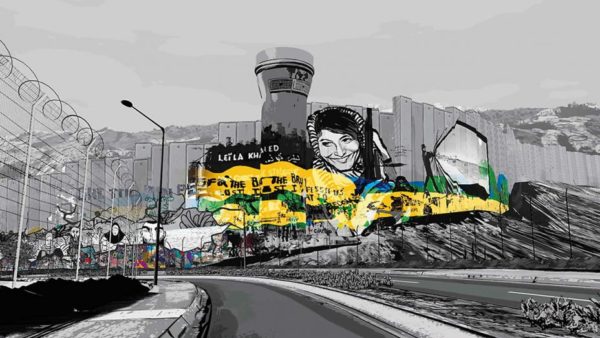
More than 700 kilometres in length and four times longer than the Berlin wall, it has been effective in stopping about 80 percent of terrorist attacks emanating from the West Bank, which Israel has occupied since the 1967 Six Day War. Historically speaking, the barrier is a latter-day version of Ze’ev Jabotinsky’s “iron wall.”
Construction began in 2002, less than a year after a Palestinian suicide bomber walked into the Dolphinarium, a Tel Aviv disco, and detonated his explosives vest. The blast, which could be heard around the city, killed 21 Israelis and wounded 132. It was one of the most deadly attacks launched during the second Palestinian uprising, which erupted in East Jerusalem at the end of September in 2000.
This catastrophic event prompted the then Israeli prime minister, Ariel Sharon, to build what would be the security barrier. A mix of chain-link fences, concrete walls, trenches, ditches, concrete slabs, watch towers, patrol roads and check points, it came with a hefty price tag: $4 billion. Hare insists on calling the barrier a “wall,” even though 95 percent of it does not even remotely resemble a wall.
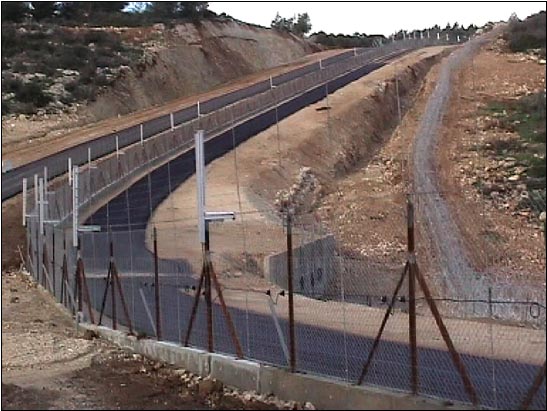
But Hare is right to point out that the barrier required the confiscation of 4,000 acres of Palestinian land and the cutting down of 100,000 trees. It also separated some Palestinian farmers from their fields.
Although it was supposed to be finished in 2010, it has yet to be completed because the Jewish settler lobby is staunchly opposed to demarcating permanent Israeli borders and thereby giving up Palestinian lands it might well covet. Prime Minister Benjamin Netanyahu has taken heed of the settlers’ concerns and needs.
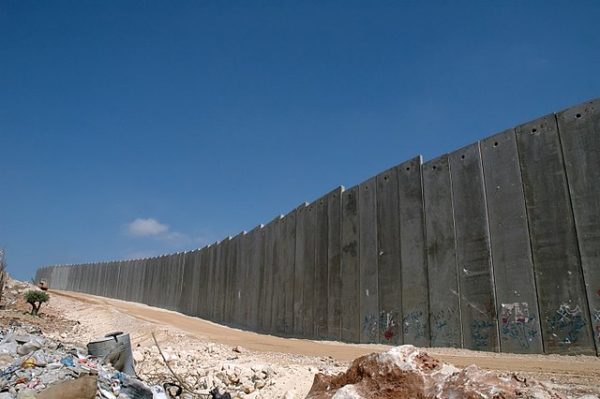
Acknowledging that 84 percent of Israelis supported the concept of a barrier, Hare nonetheless thinks its construction is an admission of failure and the antithesis of a normal state of affairs. He’s right, of course. Israel is unique. There are precious few countries in the world whose very existence is constantly challenged. Compared to, say, Canada or Norway, Israel finds itself in an abnormal life-and-death situation. Hare neglects to acknowledge that important point.
He points out that the Dolphinarium attack, which took place on June 1, 2001, was the catalyst that encouraged Israel build the barrier. Yet he ignores the fact that it was the culmination of a series of previous suicide attacks.
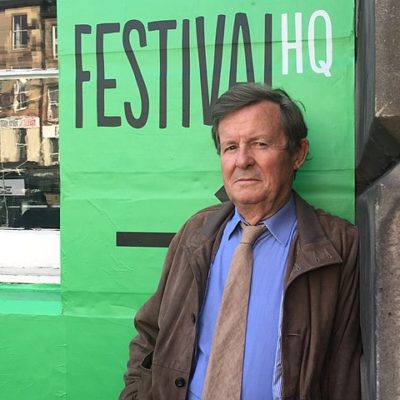
In cosmopolitan Tel Aviv, a bastion of liberalism, Hare canvasses several Israelis for their opinions about the barrier. “I’m ashamed if it,” says one of his interviewees. “But it works,” counters another Israeli, pretty well summarizing its overall utility.
Proponents of the barrier are acutely aware it does not follow Israel’s internationally recognized border. Indeed, 85 percent of it cuts into the West Bank, which would be allotted to the Palestinians under a still-elusive two-state solution. Consequently, 140,000 Israeli Jews live between the barrier and the old Green Line, while 93,000 Palestinians are caught on the wrong side of it.
Hare is correct to say that the barrier serves a purpose other than security. It is effectively a “land grab.” The International Court of Justice in The Hague is in agreement with him. In 2004, it decreed that the. barrier is contrary to international law and should be taken down.
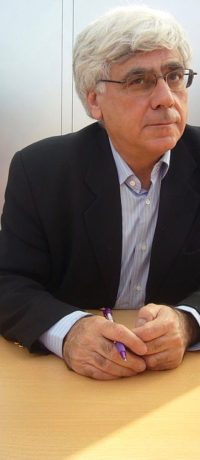
As he travels around Israel and the West Bank with a Palestinian fixer/driver, he meets Sari Nusseibeh, a Palestinian activist and president of Birzeit University. In Nusseibeh’s estimation, the barrier creates precisely the kind of violence it was expressly designed to squelch. It’s a facile argument because Palestinian acts of violence erupted decades before the barrier went up.
Lest he be accused of partisanship, Hare interviews David Grossman, a peace activist and one of Israel’s leading novelists. Grossman, in a compelling argument, says that while Israel may appear to be powerful and aggressive, it is really fragile and vulnerable. “We feel our being is not guaranteed,” he says. Grossman also expresses disenchantment with Israel’s network of settlements in the West Bank, which house about 400,000 Jewish settlers and which appear to dictate its policy there.
Still other Israelis he talks to bemoan the loss of Israel’s “socialist idealism” and worry that the younger generation of Israelis, while committed to its survival, may leave for greener pastures in the United States.
As Hare continues his journey, he pauses in Nablus, which, he says, is surrounded by 14 settlements. Once the West Bank’s bustling commercial capital, Nablus has fallen on hard times because it has been more or less quarantined by Israel. As he sits in a deserted cafe in Nablus, he notices a picture on a wall of Saddam Hussein, the late and unlamented ruler of Iraq. Hare is disgusted. How could Palestinians possibly hail him as a hero? Because he stood up to and defied the United States, Hare’s fixer explains before admitting that Saddam’s policies undermined pan-Arab interests.
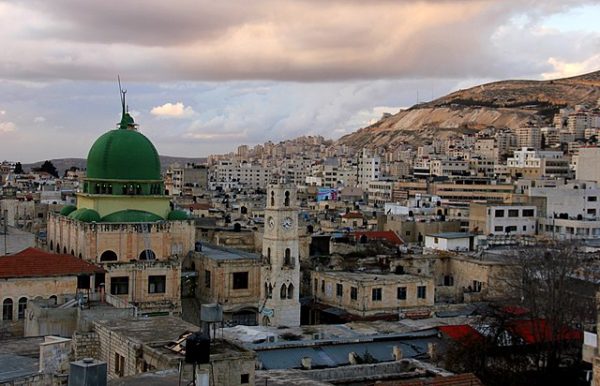
Paraphrasing the pro-Israel British scholar Neill Lochery, Hare argues that the barrier is essentially a “white elephant” because the Palestinians have acquired rockets and mortars. True enough. But absent the barrier, the scale of terrorism directed against Israel would escalate to intolerable and unsustainable levels. In the meantime, he adds, the barrier is all too “real” as far as the Palestinians are concerned.
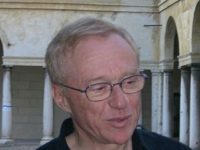
In Ramallah, the seat of the Palestinian Authority, a Palestinian man contends that the “wall” envelops Israel rather than the Palestinians. Grossman tends to agree. By his accurate reading of the Six Day War, Israel became addicted to its occupation of the West Bank and accustomed to its superiority over the Palestinians. “We can’t imagine any other reality,” he says with sadness in his voice.
Ironically, Israel has become a victim of its occupation and of its existential anxieties. “We are trapped,” he muses. “We live to survive. In the past, we survived to live.”
